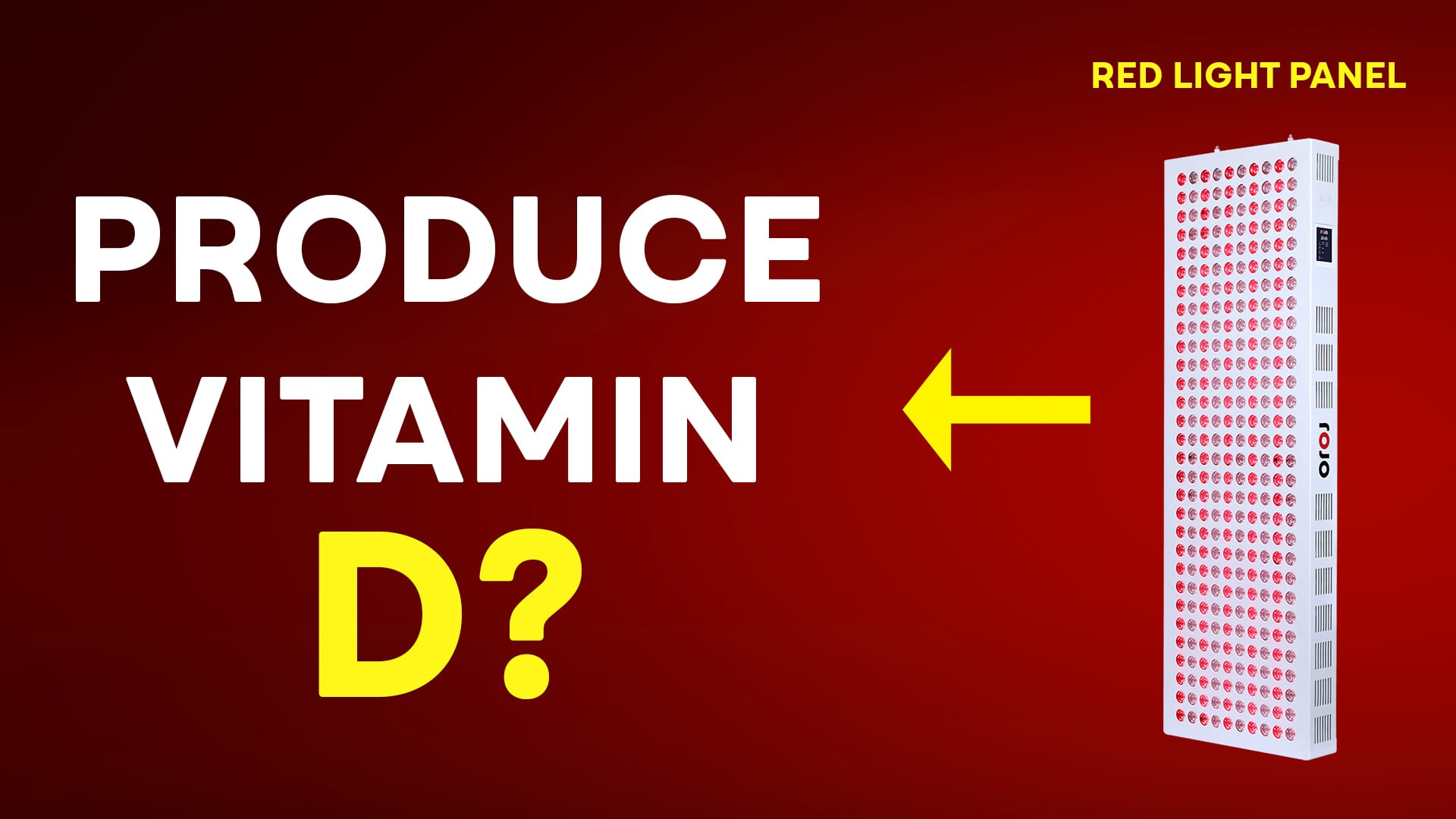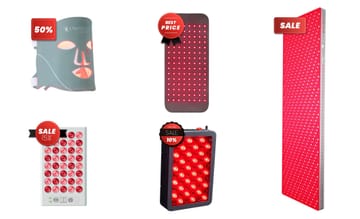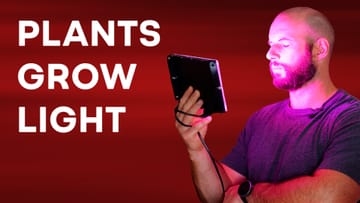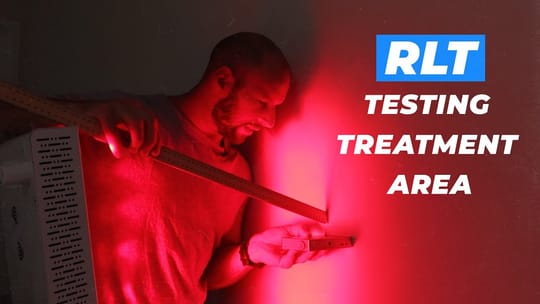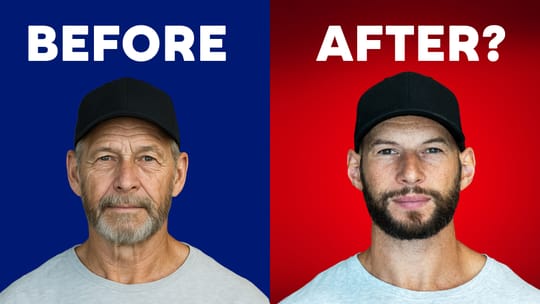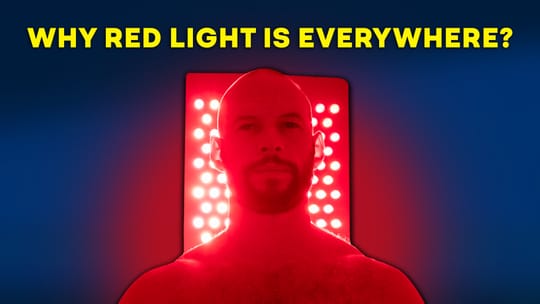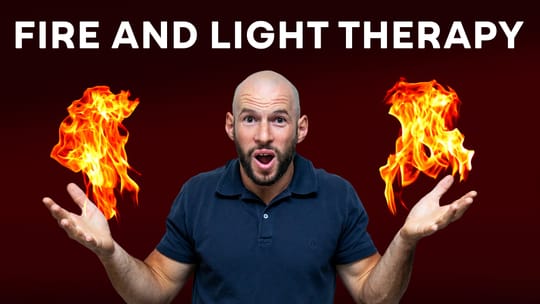So many people wonder whether "Does red light therapy create vitamin D?" Hence, an article:
Do Red Light Therapy Devices Produce Vitamin D?
This is a question I always get asked: “Do red light therapy devices produce vitamin D in the body?” And to answer it: no, they don’t. At least, most of them don’t.
Before you jump to conclusions or tell your mate that all red light therapy panels are useless for vitamin D synthesis, stick around. Because there is one exception—one device that produces a little UVB, it can help with vitamin D. But we’ll get to that in a minute.
Let’s start by breaking it all down, so you know exactly what’s happening here.
Understanding How Vitamin D Is Produced
Vitamin D synthesis in the body starts with exposure to UVB light, specifically, a small section of ultraviolet rays in the 280 to 315 nanometer wavelength range. UV rays, by the way, are completely invisible. You can’t see them. They're nestled into the electromagnetic spectrum between visible light and X-rays, just outside what our eyes can detect.
Light itself is made up of a broad range of wavelengths. The visible spectrum—what we can see—is just a tiny sliver of the full spectrum. And just outside that visible range, on the shorter wavelength side, is ultraviolet (UV) light, which is further broken down into three types:
- UVA (near UV)
- UVB (mid UV)
- UVC (far UV)
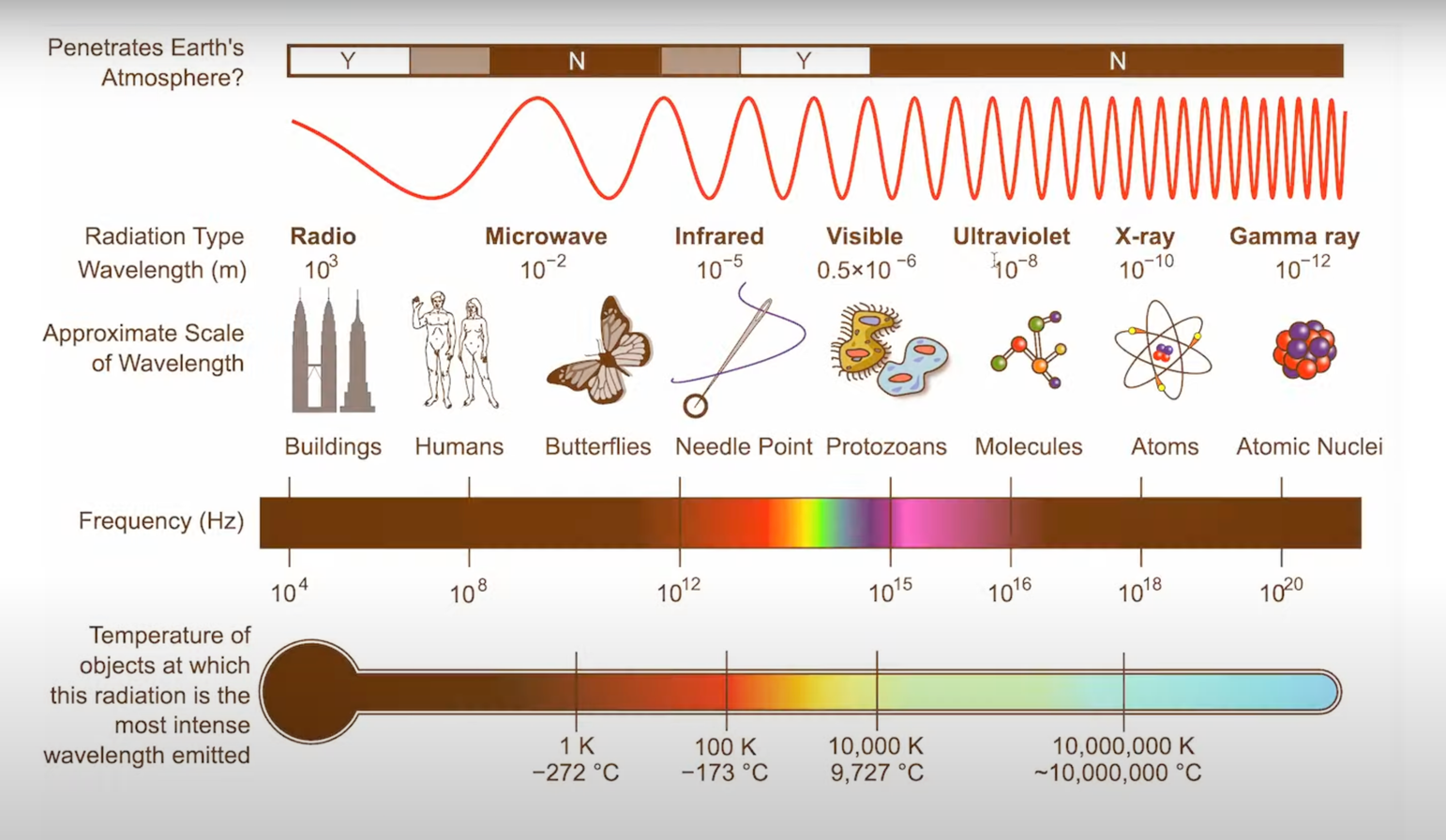
Here’s the key part: UVB—with wavelengths between 280 and 315 nanometers—triggers the production of vitamin D3 in your skin. It starts a fascinating biological reaction (we won’t go into the complete chemistry lesson here), but all you need to know is: no UVB = no vitamin D.
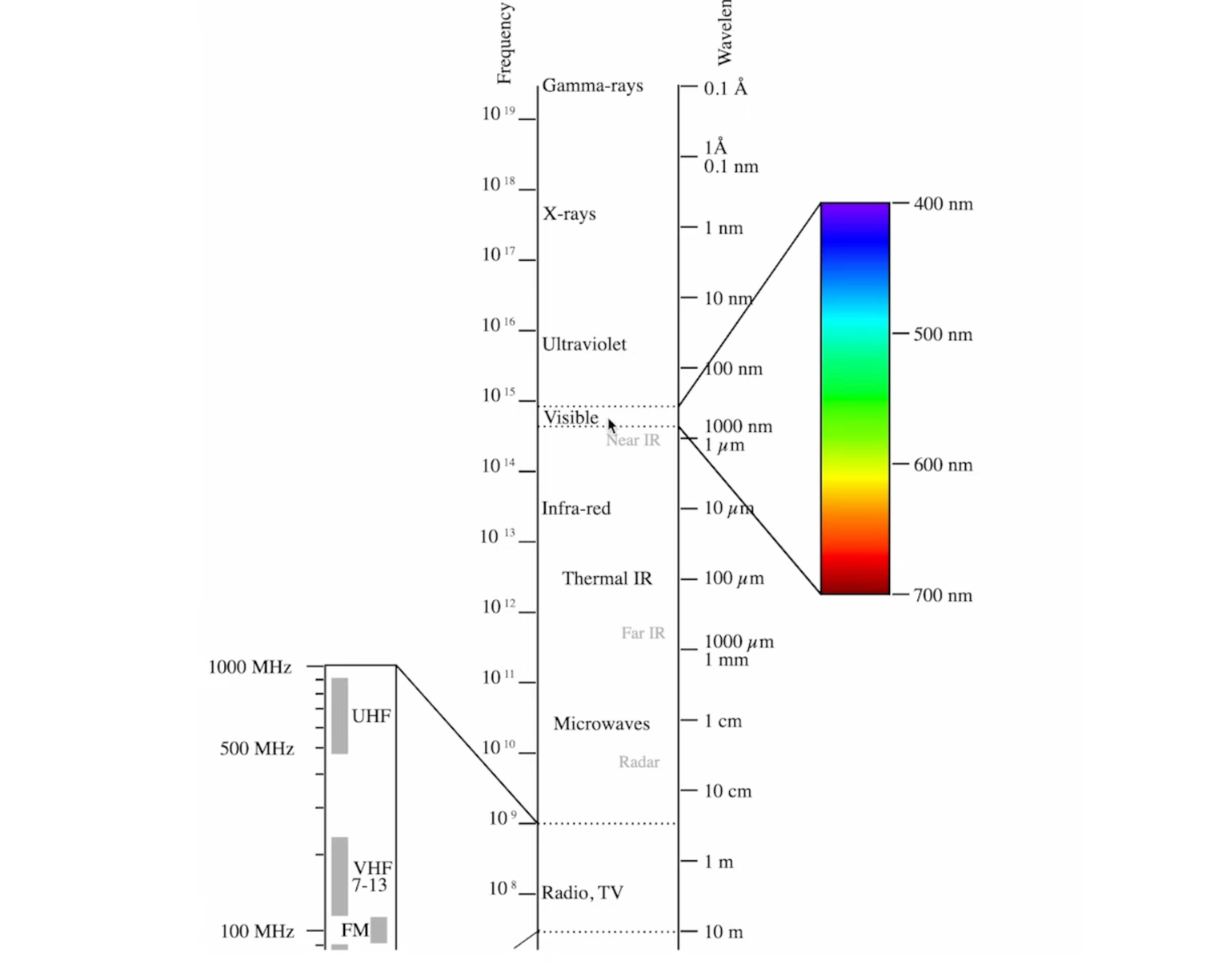
What Red Light Therapy Devices Emit
So, what about red light therapy panels? Are those big, shiny devices—the masks, the torches, the belts, the beds—emitting UVB?
Absolutely not.
These devices use LEDs designed to emit particular wavelengths of red and near-infrared (NIR) light. You’ll typically see peaks around 650 to 660nm for red light, and 800nm or higher for NIR. These are the therapeutic wavelengths used in photobiomodulation—the real meat of red light therapy.
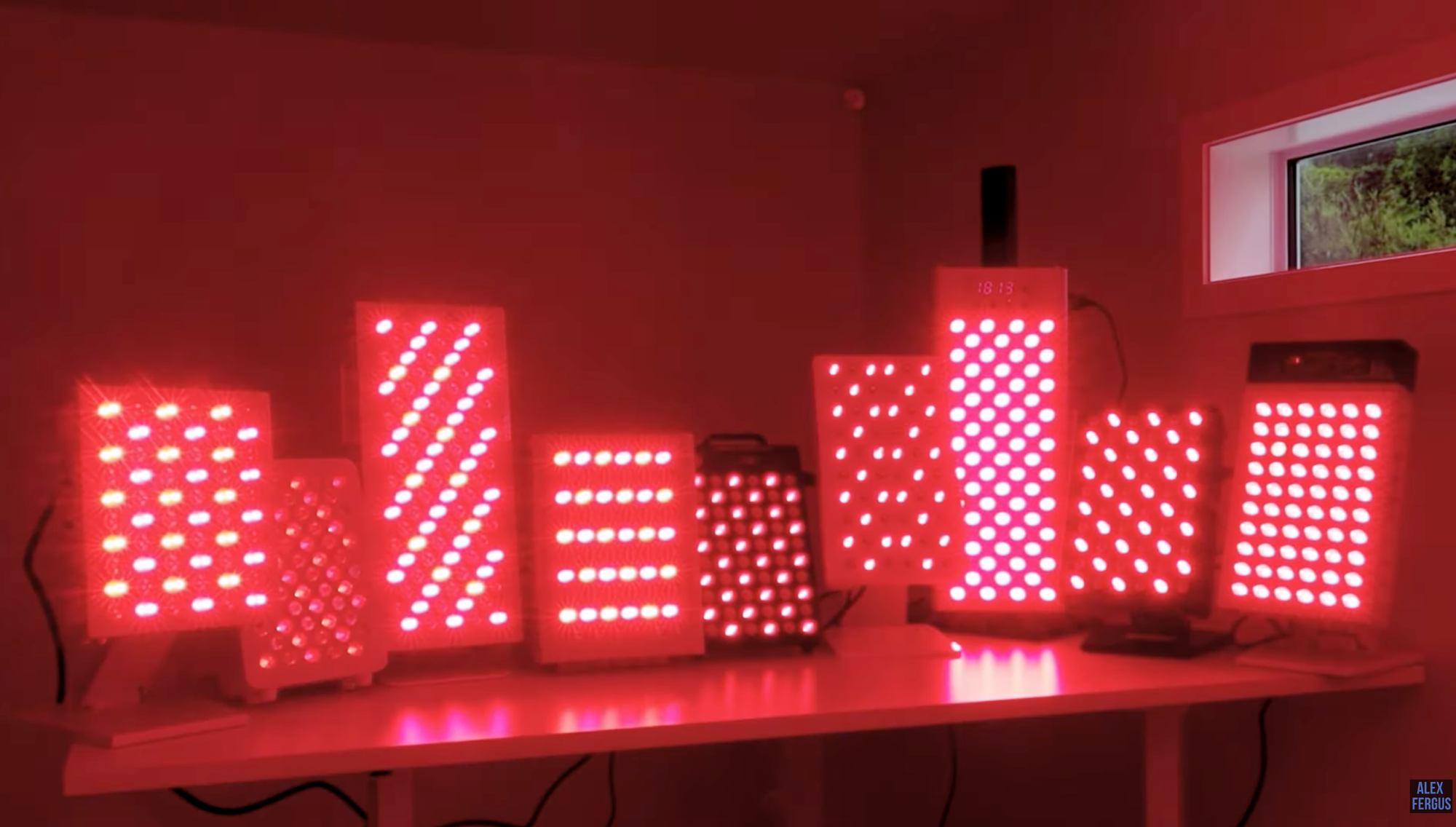
But remember: vitamin D requires UVB light in the 280 to 315 nanometer range. That’s a massive gap. Red light and NIR are way, way outside that required UVB window. So even though your red light panel is helping in many other ways—boosting cellular energy, improving skin health, reducing inflammation—it’s not helping your body produce vitamin D.
Here’s a common source of confusion: Just because you’re standing in front of a powerful red light panel doesn’t mean you're getting any UV. If a device emits UVB, you’d know about it—and it would legally need to include warnings and protective eyewear, because overexposure to UVB can cause skin damage, sunburn, and other problems.
UVB Devices: What Works for Vitamin D?
So, what can you use to get vitamin D from light without heading outside into the sun?
There are a couple of devices out there designed specifically to emit UVB. They don’t fall under the typical “red light therapy” umbrella, but they’re relevant here because they do what the panels can’t.
The Sperti Lamp
One of the best-known names in this space is the Sperti Lamp. It’s been around for quite a while and was explicitly designed for vitamin D production. These devices emit UVB in the necessary range. They can be used indoors to support vitamin D synthesis, especially useful for people in darker climates or those who can’t get outside often.

The D-Light from Chroma
Now, this one is really interesting—and it’s where the exception I mentioned earlier comes in.
Chroma's D-Light is a relatively new product on the market. This unique handheld device combines red light therapy and UVB.
Yep, you read that right. It has red and near-infrared light for the typical red light therapy benefits, plus UVB light emitted at 297 nanometers, which means it supports vitamin D production.
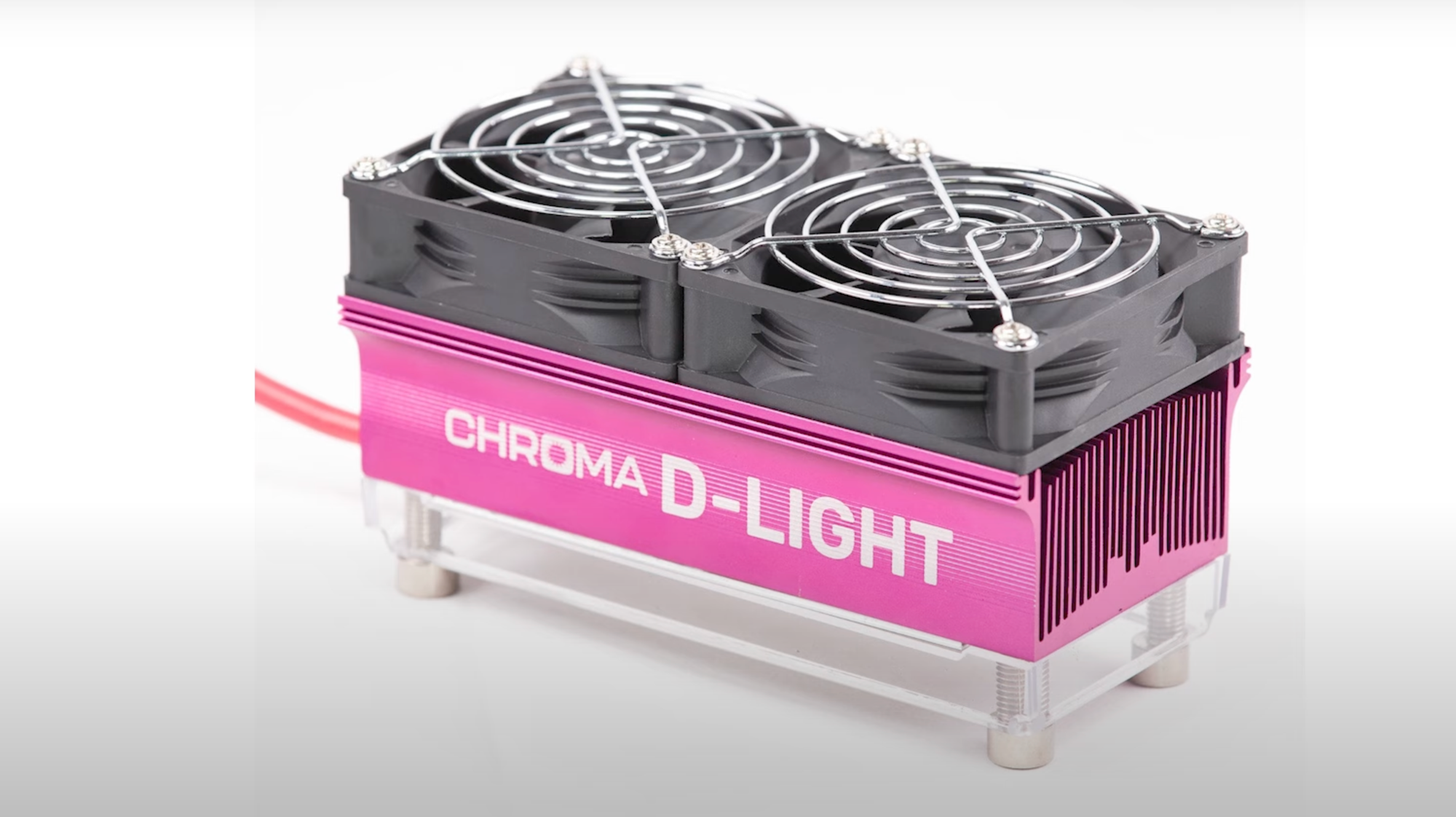
It’s a unique concept in the marketplace because most companies use only red and NIR light. This device merges the two in a compact format that makes sense if you're short on time or space but want both benefits.
I plan to get a D-Light soon and do a full hands-on review.
A Word on Cost and Caution
Before you rush off to order a UVB device, remember: UVB-producing devices are expensive. The technology to generate UVB light safely and effectively isn’t cheap, so you won’t find it in budget red light panels—or accidentally embedded in something sold as a photobiomodulation tool.
Also, because UV light carries risks, any product that emits UVB should include clear warnings and often protective eyewear. That’s why you won’t find UVB in your average red light mask or belt—it’s just not practical or safe to sneak it in there.

If you’re looking to get a bit of vitamin D and are on a budget, honestly… the sun is still your best option. It’s free, it’s natural, and if you're smart about timing and exposure, it’s incredibly effective.

But if you're stuck indoors, in a cold climate, or just like having complete control over your light therapy routine, the Sperti Lamp or the Chroma D-Light is worth investigating.
Final Thoughts
So to wrap it up: No, red light therapy devices—those panels, torches, masks, and belts—do not produce vitamin D. They don't emit UVB light. Suppose you’re looking for a light-based way to support vitamin D production. In that case, there are dedicated UVB products out there, and one in particular—the D-Light from GetChroma—also throws in some red light therapy for good measure.
And the next time someone asks you if your red light panel is helping your vitamin D levels, you can confidently say nope and send them this article.
Let me know if you try one of these UVB devices—especially the D-Light. I'm curious to see how people use it and what results they get.
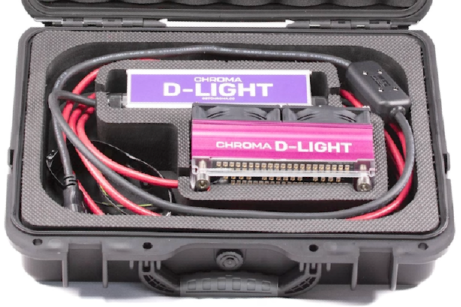
Items Mentioned In This Article:
✅ Search for a Sperti UVB lamp on Amazon: https://amzn.to/3FoXm4k
✅ Get a Chroma D-Light here: https://aferg.co/chroma-ironforge - discount code ALEX saves
Consider These YouTube Videos As Well:
⭐ Best Red Light Therapy Panel 2024? EPIC Comparison
⭐ Sunlight Vs Red Light Therapy: EXCITING Experiment!
⭐ Red Light Therapy Panel Size: What You NEED To Know!
⭐ Is Red Light Therapy Safe For Melasma? SURPRISING Science!
Found This Interesting? Look At These Articles:
⭐ Healing Tendonitis With Red Light Therapy: The Latest Science!
⭐ Red Light Therapy For Upgrading Your Brain Health
⭐ Red Light Therapy For Multiple Sclerosis: Impressive Emerging Science!
⭐ Red Light Therapy For Hair Growth: Worth The Hype!
Alex Fergus wrote this blog post. Alex is an ISSN Sports Nutrition Specialist, Fitness Professional, and certified Superhuman Coach who continues to expand his knowledge base and help people worldwide with their health and wellness. Alex is recognized as the National Record Holder in Powerlifting and Indoor Rowing and has earned the title of the Australian National Natural Bodybuilding Champion. Having worked as a health coach and personal trainer for over a decade, Alex now researches all things health and wellness and shares his findings on this blog.

